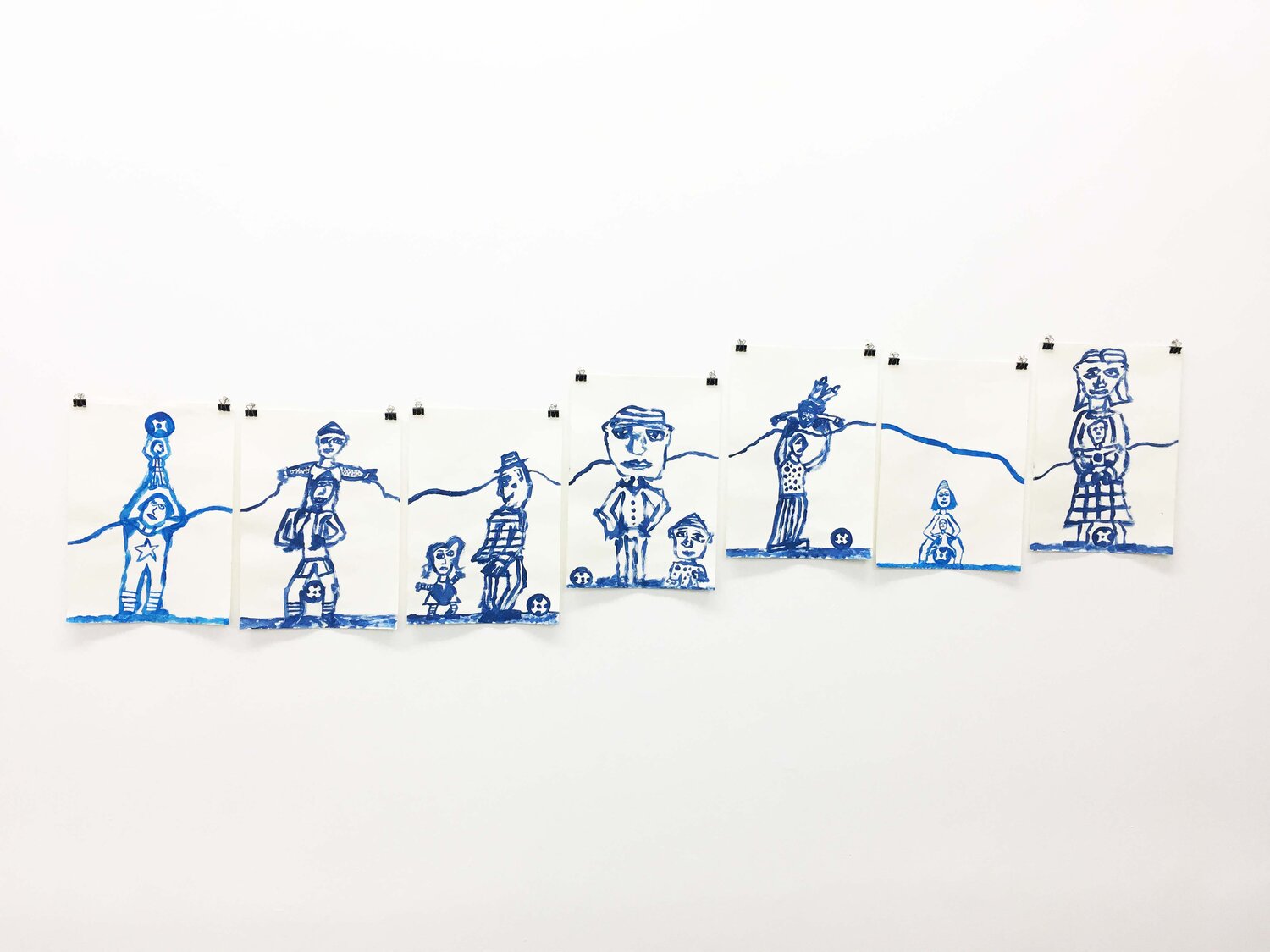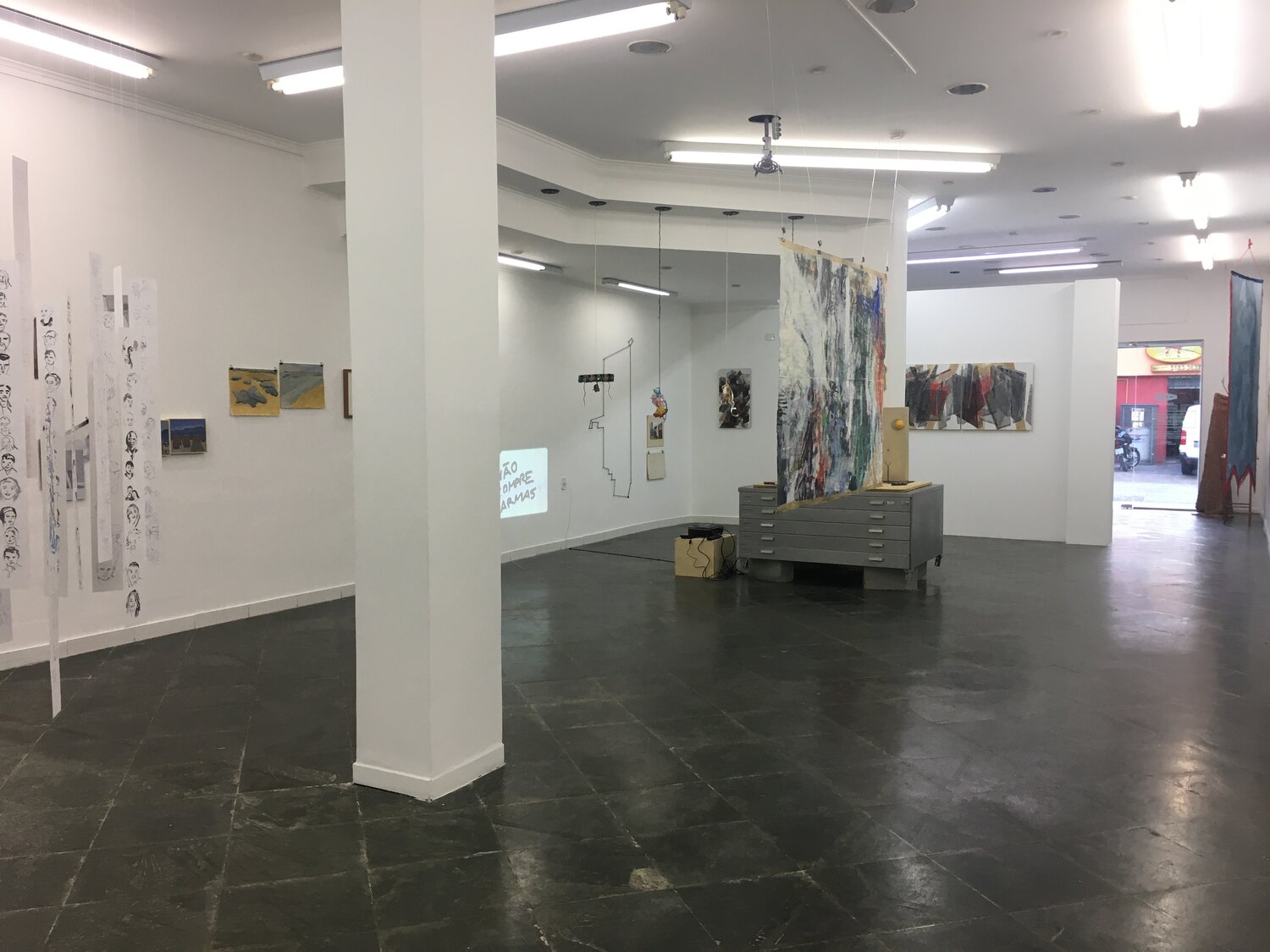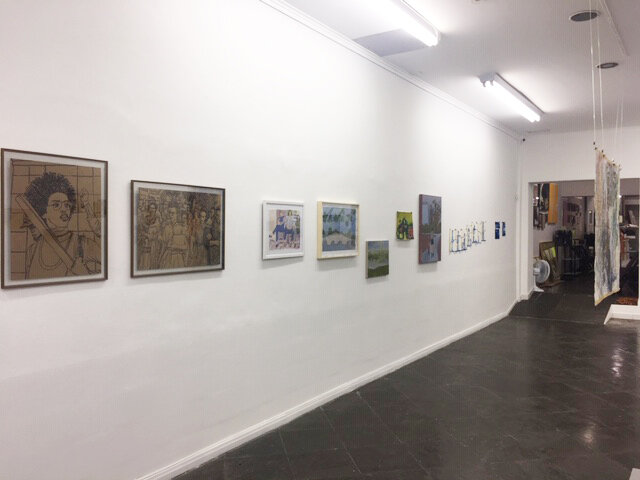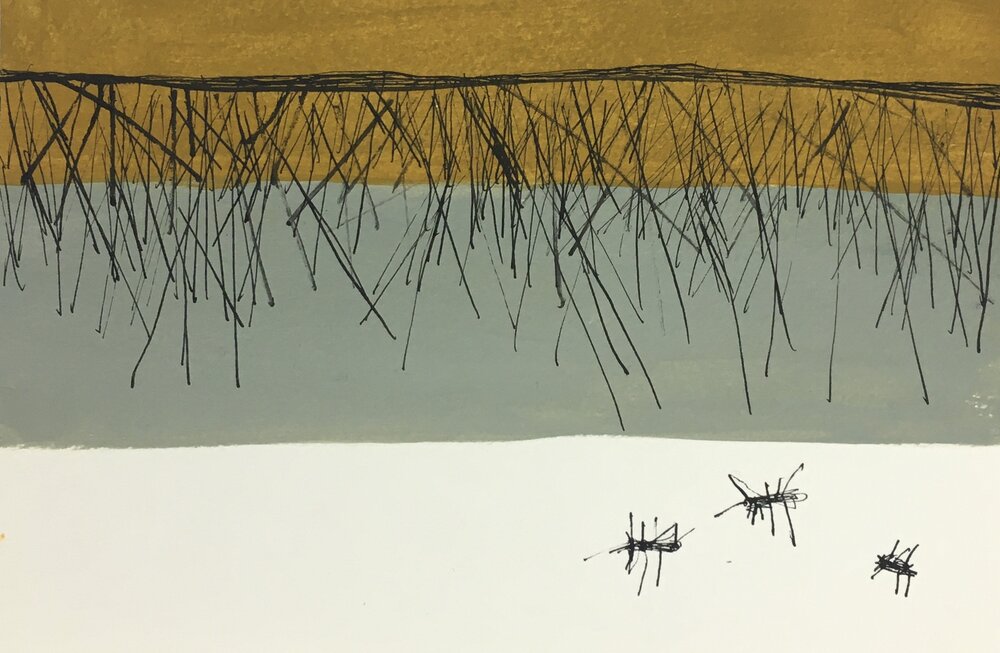


E o resto do mundo? Ou ouvir outras vozes
[And the rest of the world? Or hear other voices]
Alexandra Ungern, Claudio Souza, Cyra Moreira, Dolly Michailovska, Fabio Hanna, João Marcelo Szwec, Leandro Tupan, Malu Tigre, Nathalie Bohm, Rosana Pagura
Curatorship
Paulo Gallina
Opening
02/15/2019
Exhibition period
02/17 to 03/20/2019
*Exhibition by the group of artists from the portfolio monitoring course
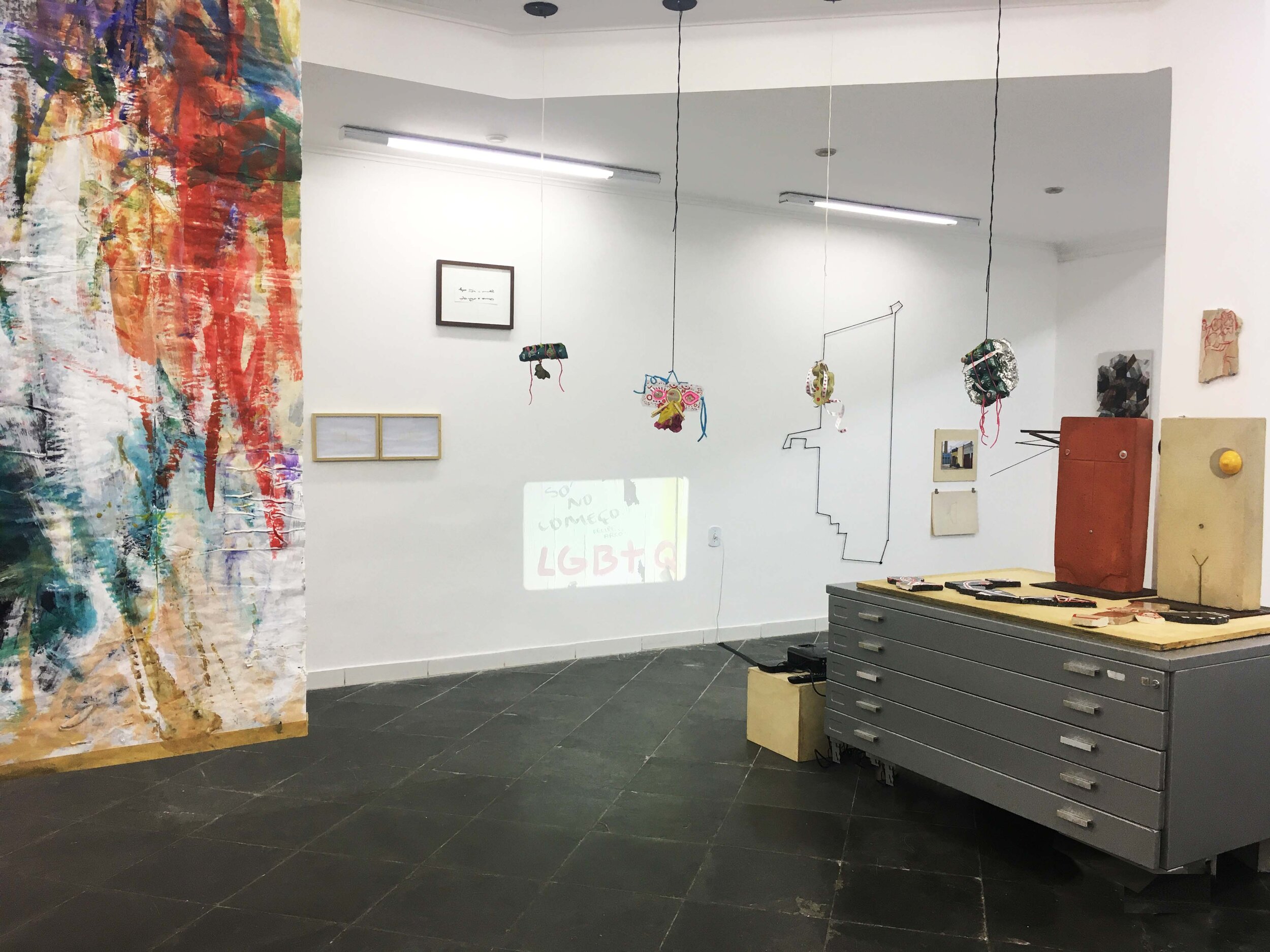
This exhibition seeks to present to the public in the region of Santo Amaro, around Ateliê Alê, the interest and public engagement of artists in relation to the world we share. The works presented have a particular inquisitive vocation, making the subjects who are faced with the research ask themselves: after all, why do we think the universe of images is so distant from our daily struggles?
As if the everyday problems that accompany the rising and dying of days existed singularly circumscribed by routine and boredom. Now, if, as we believe in the study group, aesthetics is an ethical modality, it makes no sense to separate the universe internal to the works created by contemporary artists from the daily struggles shared by all living beings – with greater or lesser intensity.
Perhaps because it seeks to overcome the invisible border that seems to be imposed between art spaces and city streets, this exhibition has a question in its title. To be precise, an inquisition that immediately forces subjects to consider the relationships that are created between the beautiful and the sublime with life, all of it: populated by pain, love, dreams, desires, boredom or frustrations.
The works chosen for the exhibition deal with the most varied themes. From the sensation of urban space transformed into monoliths, then deconstructed to the excessive molds often assumed in the language of collage, to the engagement of female painters with their environment through their support; this exhibition seeks to construct meanings by bringing together various plastic productions in a visual discourse readily presented to visitors. It is therefore expected that each subject, after traversing the expographic route, will be able to choose for himself what is the response proposed by the thinking collective that builds the exhibition: what about the rest of the world?
More than forcing the visitor to engage in a response, what about the rest of the world? Or Hearing other voices seems to promote a complement to the initial question. Inquiring: Is the rest of the world contained in the body built by these works, or would it be the works that are contained in our daily struggles and bravados?
By Paulo Gallina

